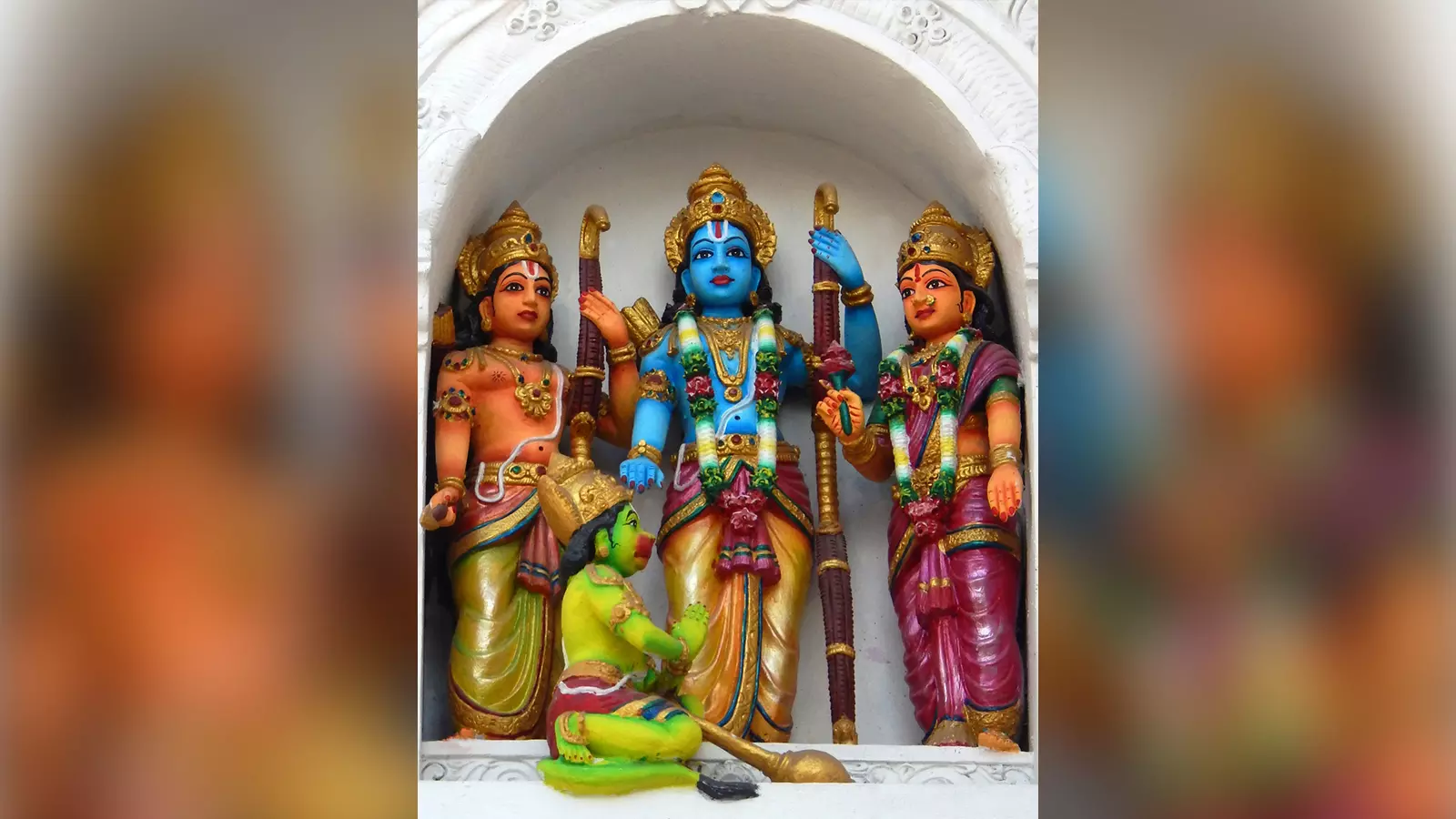
- Home
- India
- World
- Premium
- THE FEDERAL SPECIAL
- Analysis
- States
- Perspective
- Videos
- Sports
- Education
- Entertainment
- Elections
- Features
- Health
- Business
- Series
- In memoriam: Sheikh Mujibur Rahman
- Bishnoi's Men
- NEET TANGLE
- Economy Series
- Earth Day
- Kashmir’s Frozen Turbulence
- India@75
- The legend of Ramjanmabhoomi
- Liberalisation@30
- How to tame a dragon
- Celebrating biodiversity
- Farm Matters
- 50 days of solitude
- Bringing Migrants Home
- Budget 2020
- Jharkhand Votes
- The Federal Investigates
- The Federal Impact
- Vanishing Sand
- Gandhi @ 150
- Andhra Today
- Field report
- Operation Gulmarg
- Pandemic @1 Mn in India
- The Federal Year-End
- The Zero Year
- Science
- Brand studio
- Newsletter
- Elections 2024
- Events
- Home
- IndiaIndia
- World
- Analysis
- StatesStates
- PerspectivePerspective
- VideosVideos
- Sports
- Education
- Entertainment
- ElectionsElections
- Features
- Health
- BusinessBusiness
- Premium
- Loading...
Premium - Events

The consecration of a temple is a sacred, devotional moment; the question of extending invitations – and mocking those who may not attend – does not arise
A small framed picture of a 'Ram Parivar' we have had in our house from the time I can remember shows a very serene Lord Rama flanked by Sita and Lakshman, his left hand holding an erect bow and his right palm in a state of blessing, held just above the head of a kneeling and devotional Hanuman.
It is a picture my mother taught us to bow to and worship daily. To us and all the people we knew, the Rama in the frame epitomized what the gods and goddesses in the vast Hindu pantheon stood for – perennial bliss.
A kind god
We prayed to them for protection and blessings and, like most humans, sought small and sundry favours, particularly during times of uncertainty and pain.
We were told early in life to write 'Sri Ramajayam' as often as possible. It could be in any language: Tamil, Sanskrit, Hindi or English. We filled up many notebooks because we were advised that this one act would shower on us infinite divine blessings.
Some boys and girls submitted Sri Ramajayam-filled notebooks or diaries to Chandrashekarendra Saraswati, the revered sage of Kancheepuram who gave away small Rama medallions in return.
Even those medallions carried an embossed and miniature but serenity-filled Rama. It did not matter that he fought a bitter war against a demon king who had abducted his wife. To the devout, Lord Rama always stood for peace and bliss.
Virulent campaign of VHP
It is only when the Vishwa Hindu Parishad (VHP) unleashed a virulent campaign in the 1980s to bring down the Babri Masjid and build a Rama temple in Ayodhya did I start seeing Lord Rama in another posture: angry and aggressive, still holding a bow in his left hand but his right hand now armed with an arrow that could strike down any foe.
This carefully-calibrated transformation of a serene-looking Rama to an angry god explains everything about a movement which is now set to celebrate the consecration of a grand but yet-to-be-fully-built temple on the ruins of the 16th century Babri mosque.
To most people who consider themselves devout (as opposed to merely being religious) Hindu, the scenes surrounding the Ayodhya shrine are both bizarre and amusing.
Fanfare, drum beating
For centuries, Hindu kings and emperors as well as philanthropists and commoners have built hundreds of thousands of small and big temples in this country and beyond, dedicated to a variety of gods and goddesses, without fanfare or drum beating.
The consecration of a temple is as much a sacred as it is a devotional moment, when life energy is injected into stone idols through elaborate rituals.
South Indian temples see consecrations every 12 years – to re-energize the shrines and to seek divine forgiveness for whatever mistakes may have been committed within the premises since the previous ceremony. As one born and raised in Delhi, I have never seen this happening in North Indian temples.
A South Indian temple dedicated to Lord Rama in Delhi’s sprawling Dwarka neighbourhood, which I occasionally visit, will see a consecration ceremony after a 12-year gap this March. Funds collected from devotees – as it happens on similar occasions everywhere – are being spent to spruce up the temple (including installing a lift for those who find it difficult to climb the stairs to the Lord Vishnu shrine one floor above) and for the elaborate rituals that will follow.
Donate, be reticent
Devotees will without doubt gather in large numbers on the anointed day in March. But no single individual, however generously he or she may have contributed for the occasion, will hog the limelight.
Indeed, Hindu sages down the ages have repeatedly underlined the need to be reticent if you donate, materially or physically or both, for religious purposes or even charity.
At the same time, no one will be barred from attending the sacred event even if he or she has not given anything to the temple and is not even a regular visitor. The question of extending invitations to select people – and then to mock those who may not attend for whatever the reason – does not arise.
Most Hindus go to temples on select occasions, mostly during what are considered sacred or auspicious days. Till the time COVID turned all our lives upside down, I went to temples every day of the year – and I did for this decades.
Not a 'superior' Hindu
But I was clear that I am in no way a superior Hindu to others who rarely or occasionally prayed at temples, my own family members included. I went every day because I enjoyed – and still relish – praying at temples, with and without rituals. Temple going and visiting sacred places remain a part of me.
A devout Hindu considers daily prayers, preferably both in the morning and evening, a must. This is done with devotion, not to show off. This is done with a feeling that all humans are equal in the eyes of God, not that one set of people is superior to the others.
I may be among millions in this country who read the Hanuman Chalisa daily but I will be in a minority who listen every day to Aditya Hrudaya Stotram, which Lord Rama is said to have invoked before he slayed Ravana.
To people like me, any event related to a temple should inject piety, not a chemistry of superiority.
Tirupati 'miracle'
Years earlier, I asked my wife one morning over coffee if she had ever visited the Tirumala temple at Tiupati. She had, decades earlier, with her parents. “I wonder why I have not been to Tirupati though I visit Vishnu temples six days a week,” I agonized.
A miracle happened within hours. That day in office, I got an intercom call from a colleague, Nishant, asking if I would be free to visit Tirupati two days later.
Taken aback, I asked him why he was pulling my leg. His reply surprised me.
He said his department had an invite to a product launch at Tirupati but no one in his business team was free to travel; the office boss suggested that I should be asked since the company had promised to take the visiting journalists to the Tirupati temple.
“You don’t have to write any story. We will do that from here with a Tirupati dateline. You only need to go since the company insists on our presence,” I was told.
God's own invite
When I related the spectacular turn of events to my wife, she said: “Remember what I told you! One visits temples only when God invites you!” This is an age-old belief among Hindus.
As we near January 22, I realise this will be one consecration event which only those chosen by the Sangh Parivar – not God – can attend. What an irony.

